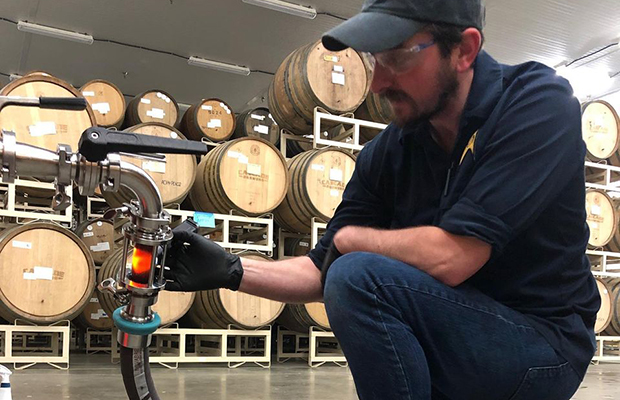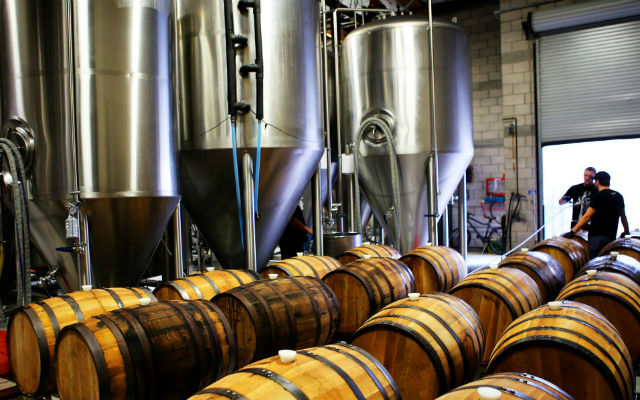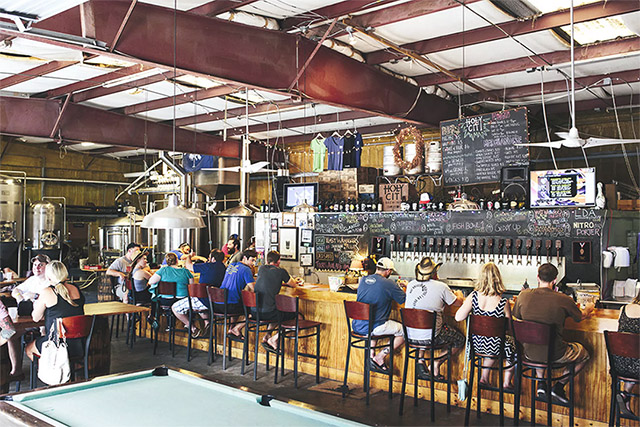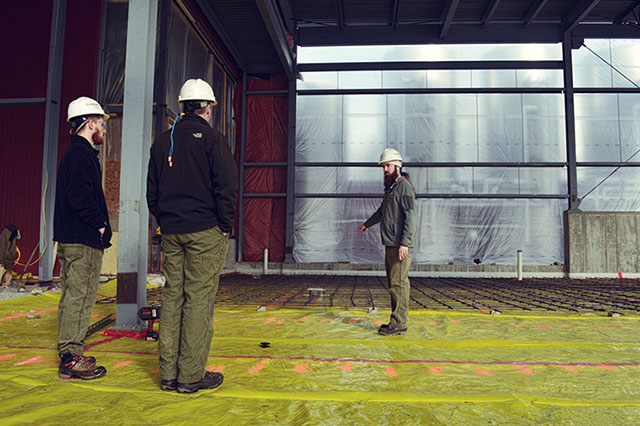
Preventative Maintenance in the brewhouse can be the best way to avoid loss of time in production and also possible machine breakage or contaminations.
That means setting up a proper SOP in the brewhouse for cleaning and repair. Knowing what to do and when can “boil” down to manufacturers recommendation, past experience for specific equipment, and being persistent with preventative maintenance, said Cascade Brewing Head Brewer Mike Mathis.
“Some items are yearly based on state/federal guidelines, some items we know based on previous years and repair schedules that we need to do PMs on certain times of the year, and the rest fall on guidelines set for cGMPs,” he said.
For Ben Turkel, the Production & Brewery Manager at Boomtown Brewery, weekly needs typically include smaller items that get a lot of use, such as valves, tri-clamps, the RO machine, water heater, and back of fermenters.
“These are some of the front-line items that the crew comes into contact with daily,” Turkel said. “Weekly checks ensure that the items in question are working properly and do not present a danger to the crew.”
Monthly items to check at Boomtown include the chiller, pumps from/to water tanks, fans, and power boxes.
“Here we’re checking for any type of leaks, debris buildup, water damage, shorting wires, or other easy-to-fix issues that could become ‘oh no’ issues,” Turkel said.
He added that almost anything else on the brewery’s list needs to be checked at least quarterly.
“There is nothing in the facility we feel that can sit for a year and not be checked for preventative maintenance,” Turkel pointed out.
Everything falls into spreadsheets for the Boomtown brew team, broken out into daily/monthly/yearly tasks.
“This way if there is a blank space for an item that needs to be completed, at least we get a reminder that it needs to be done at a specific interval that is laid out in the SOPs and we can address it when it comes up,” Turkel said. “This way we can provide all of the QA/QC/PM data for new and current staff and to inspectors as needed. It takes a team effort to get it put together.”
For scheduling, Boomtown has two main whiteboards: one that focuses on daily tasks and one that plans out the week. Turkel said this allows the crew to have an idea of what’s expected of them throughout the week. There are also two whiteboard calendars for 60-day planning of tank rotations and canning releases.
“This is coordinated with sales/taproom to make sure we have the right amount of product and that everyone knows what’s coming down the line,” he said.
Mathis said scheduling is kept track on a Word document, covering most of the tasks. When those change, it’s updated weekly to keep everyone in the loop on production.
“Documents are all kept in as many waterproof containers as possible,” he said. “Spreadsheets make up most of the documentation, [we] keep the ones that are needed out and file the rest.”
For documentation, Cascade uses paper log sheets on each tank (for daily activities) and then EKOS for data entry and archival purposes.
”The paper copy allows crew members to write down actions, notes, observations, and daily data entry,” he said. ”The digital database allows us to combine all the daily information into a cohesive collection of numbers and observations that can help determine whether a recipe should be altered, how long new recipes take, and generally where our timing/efficiencies lay.”




Be the first to comment